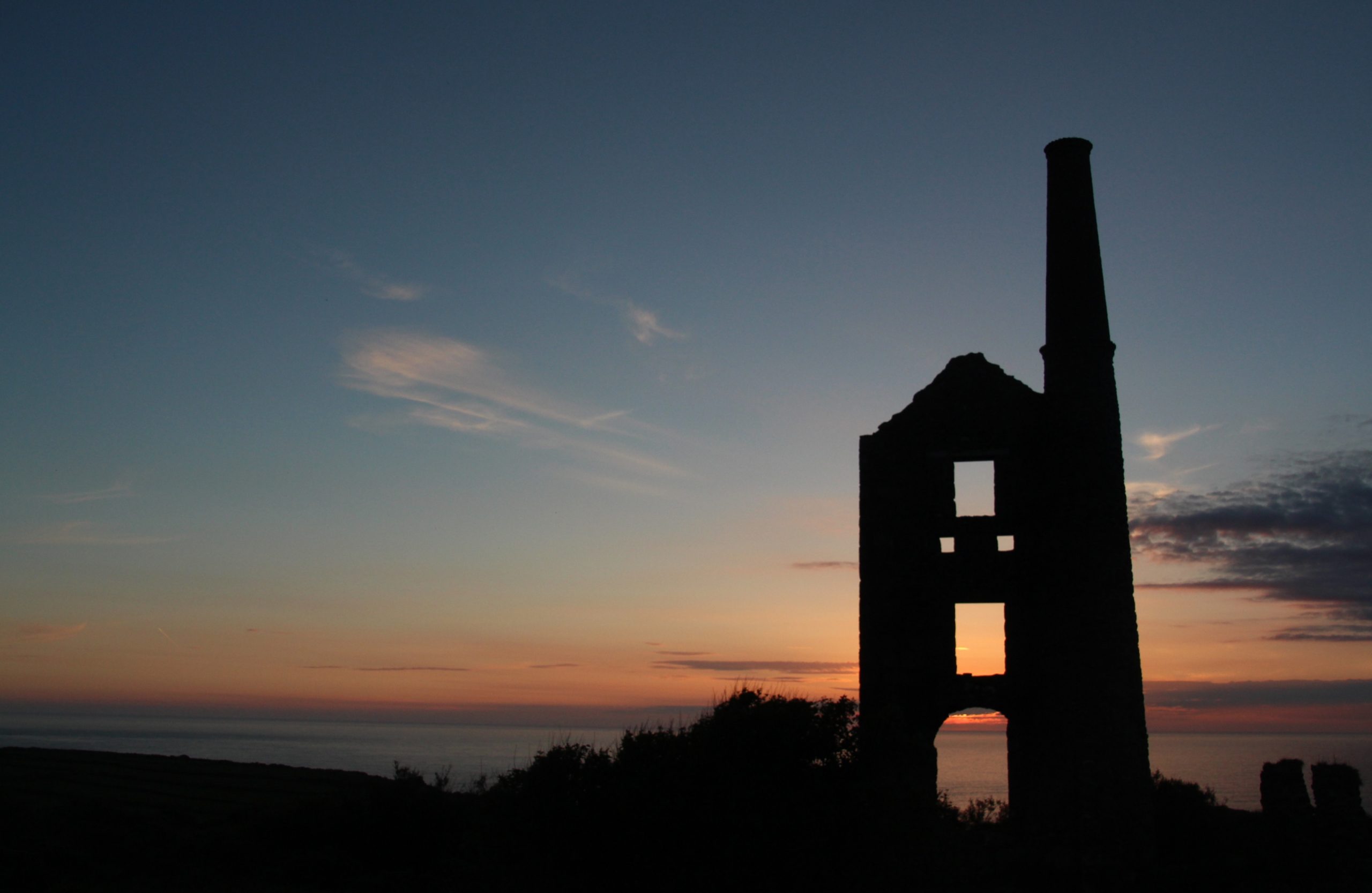National Pasty Week 2020 – Origins of the Pasty
It’s National Cornish Pasty Week and being that we are a leading Cornish Recruitment Agency it is only right that we share some information about the Counties favourite snack.
We at Winners Recruitment love a Cornish Pasty and have been surprised learning the origins of this County staple.
THE PASTY HAS BEEN A DOCUMENTED PART OF THE BRITISH DIET SINCE THE 14TH CENTURY, AT THIS TIME BEING DEVOURED BY THE RICH UPPER CLASSES AND ROYALTY
A wealth of historical evidence confirms the importance of the Cornish pasty as part of the county’s culinary heritage, with some of the first references appearing during the 14th Century, during the reign of Edward III. The Oxford English Dictionary suggests that pasty was identified in around 1300.
The word pasty comes from the Medieval French Paste or Pasta, a pie containing whatever ingredients you desire without a dish. The good old pasty has been mentioned in cookbooks across the centuries, the earliest being 1393.
THE PASTY BECAME COMMONPLACE IN THE 16TH AND 17TH CENTURIES AND BY THE 18TH CENTURY IT WAS FIRMLY ESTABLISHED IN CORNWALL AS A FOOD EATEN BY POORER WORKING FAMILIES.
Filling a pastry case with vegetables such as potato. onion and swede was a cheap way to feed a family. Meat would have been too extravagant at this time, although a few scraps of cheap meat might have been added now and again.
IT WAS THE ADVENT OF CORNISH MINING IN THE 19TH CENTURY THAT BROUGHT THE PASTY INTO ITS OWN AND MADE IT AN IMPORTANT PART OF THE LIFE OF SO MANY CORNISH FAMILIES.
The wives of Cornish tin miners would lovingly prepare these all-in-one meals to provide sustenance for their spouses during their gruelling days down the dark, damp mines. Working at such depths they couldn’t surface at lunchtime. Pasties were taken down the mines by the adults and children who worked there; the shape and size made them ideal for carrying, and they became the staple for the daily ‘crib’ or ‘croust’ – Cornish dialect for a bite to eat, usually taken mid-morning.
It is thought that the miners gave the pasty its distinctive D shape too – the crust became a handle, which was discarded to prevent contaminating the food with grubby, possibly arsenic-ridden hands. Others will dispute this, arguing that miners ate their pasties wrapped in muslin or paper bags so that they could enjoy every last bit, as we do today.
A massive thank you to The Cornish Pasty Association and their website for all of the information. For all the information you will ever need on this County Classic have a look at the site.
For more insights, news and jobs from Winners Recruitment Follow us on:
Or come in and see us:

